According to Toptal, 94% of first impressions are related to website design. This underscores how crucial appearance is in shaping perceptions of your brand or business.
Users form an opinion about your website in less than a second, during which they decide whether to stay or leave.
This means that your pages' presentation should encourage spending time on it, whether it’s for reading content, discovering services or exploring products.
This article discusses what good design is and its importance for your website. It's a factor critical not only for visitors, but also for search engines.
Whether it’s about improving your existing design or creating a website from scratch, we detail the steps for impeccable graphic design. We teach the basics, provide inspiration sources, and share best practices and common pitfalls to avoid.
What is web design and why is it so important for your website?
Web design is the art of creating digital interfaces that are aesthetically pleasing, functional, and easy to navigate. It’s a key component of user experience, employing visual elements like layout, colors, images, and typography to facilitate intuitive interaction.
Web design’s importance lies in its direct influence on how users perceive a brand. Attractive, ergonomic design boosts engagement, credibility and conversions, while poor design repels visitors and damages a company's reputation.
Unlike visual arts appreciation, website design relies mainly on objective, measurable criteria.
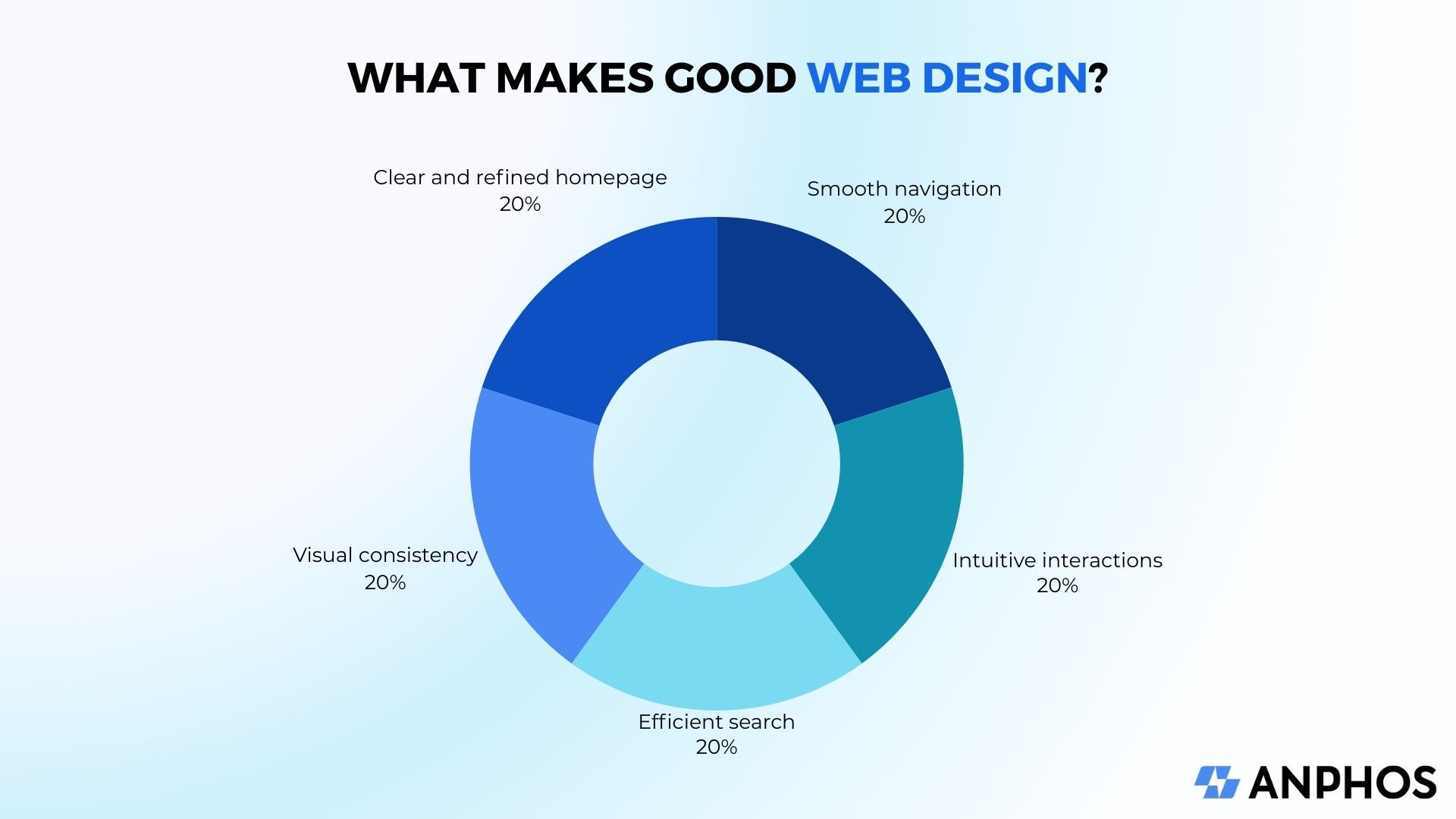
The fundamentals of quality web design
Web design evolution has been marked by rapid technological advances and changing user behavior. In the 1990s, websites were mostly static pages with heavy text and basic visuals. Today, the focus is on providing an accessible, interactive and enjoyable user experience (UX).
A clear and simple homepage
If only two things are to be remembered, it's clarity and simplicity. Your website should follow a clear visual hierarchy for smooth, logical navigation in order to avoid high bounce rates.
Consistency is also crucial for a uniform experience across all pages. Use your brand’s colors, consistent typography and a layout that directs to the essentials. Users want to find information quickly.
Ultimately, your website's goal is for visitors or customers to take action, whether it’s subscribing to a newsletter, filling out a contact form, downloading an eBook or purchasing a product. Plan a series of clear calls to action (CTAs), highlighted from the homepage.
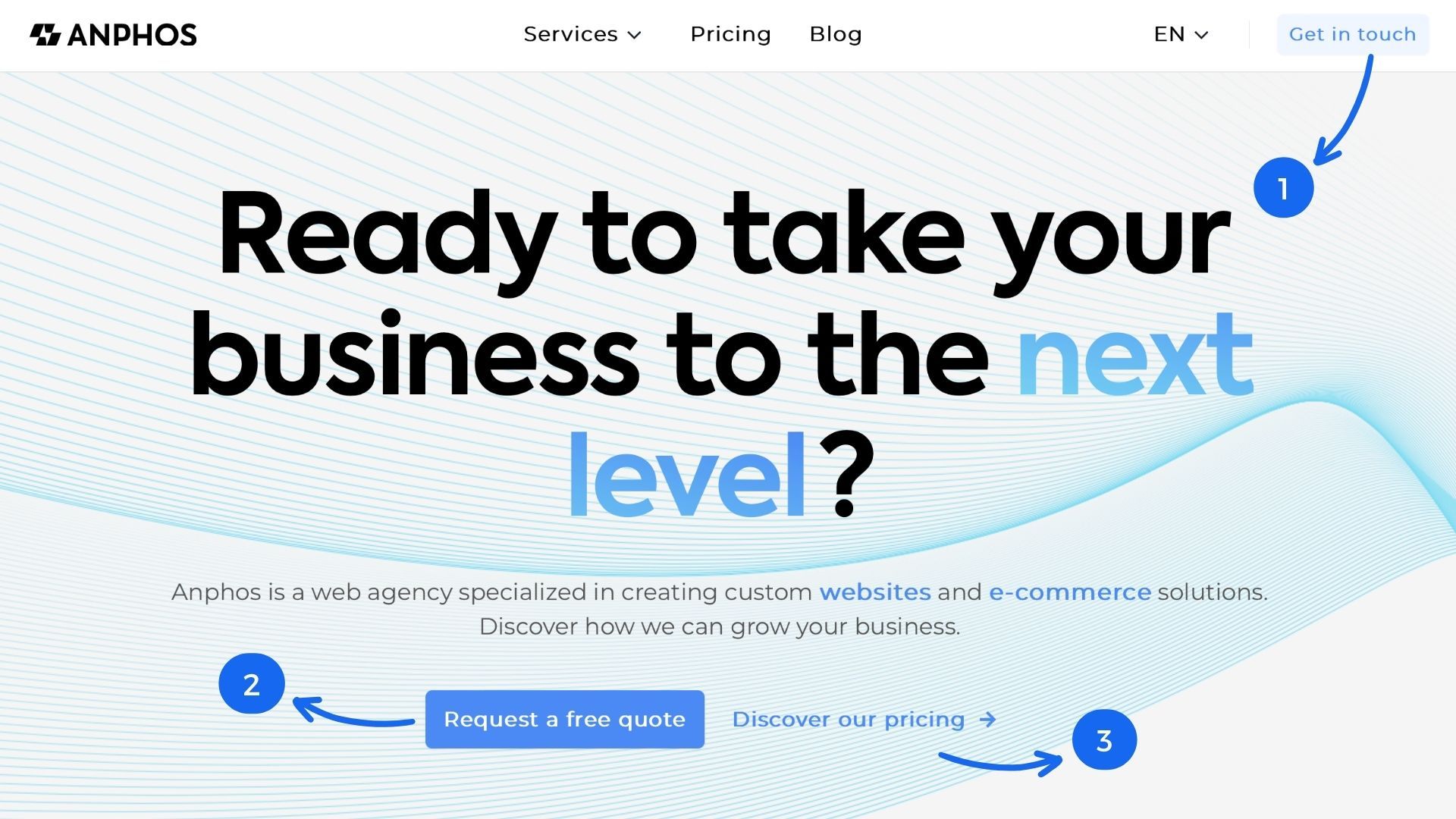
Effective user experience (UX)
A quality user experience makes the site both usable and enjoyable. Create a logical, intuitive user journey by understanding the needs and expectations of your end users.
For example, Airbnb orchestrates the user journey by indicating the steps to follow: where, when, and who. This makes searching and booking accommodation much easier.
In addition, filters and suggestions save users time by offering accommodations suited to their specific needs. The goal is to reduce friction and enhance engagement, maximizing conversion and customer retention chances.
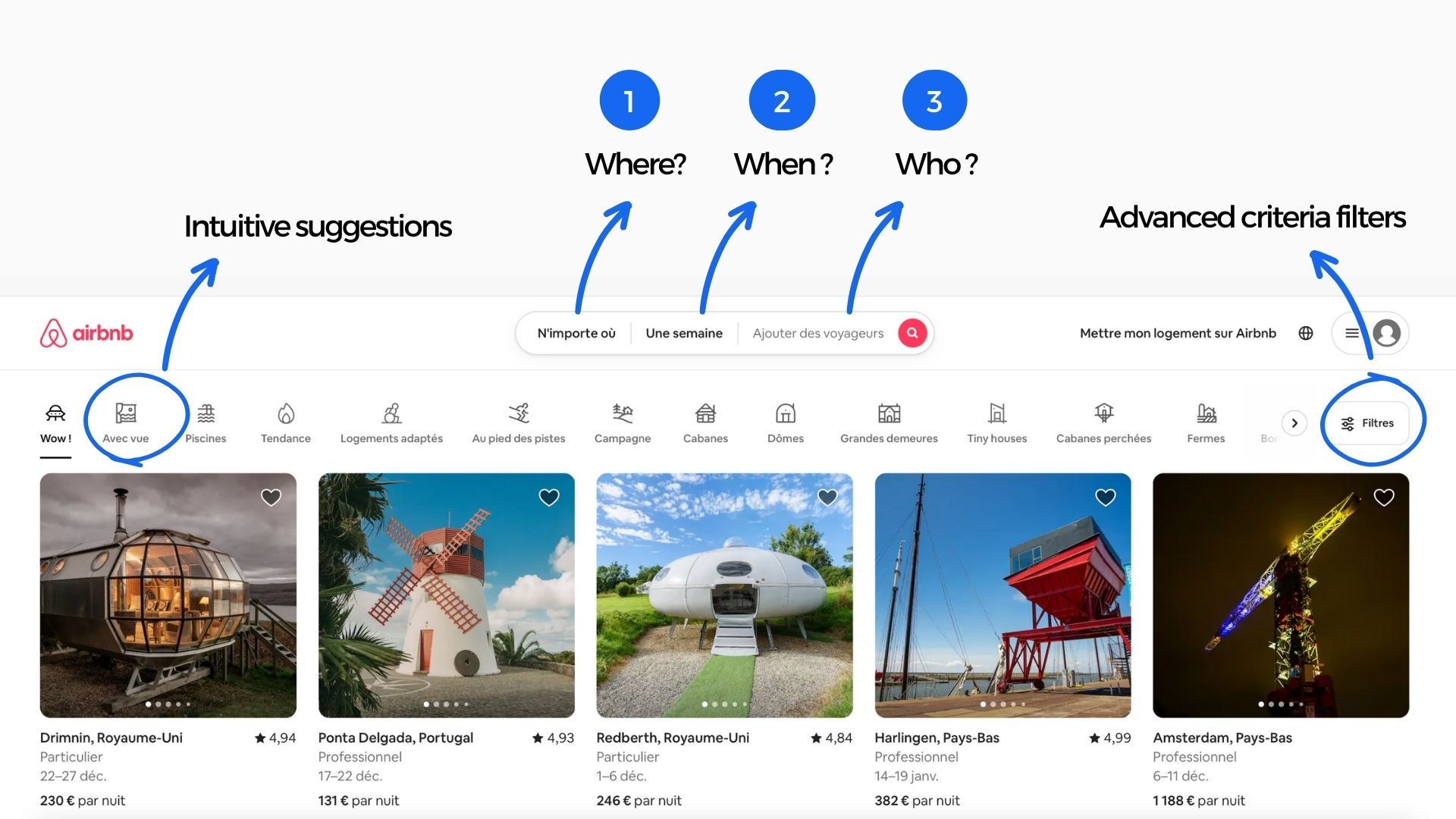
Custom color palette
More than taste and aesthetics, your website’s visual design immediately communicates your brand’s values and identity.
Colors shouldn’t be chosen arbitrarily. Their selection and combinations are made to evoke specific thoughts and emotions, relevant to your site’s purpose. Once chosen, they become key in brand recognition.
For instance, if selling eco-friendly cosmetics, your color palette might include various shades of green and brown. These natural hues reflect your products' spirit and support your commitment to sustainability.
Appropriate typography
Similarly, the fonts on your website should match your brand’s tone and personality. Each type of font has its own psychology.
- Serif fonts, the oldest, dating back to the 15th century, are popular with brands conveying tradition, authority, and seriousness. They are favored by academic, editorial, and financial institutions for their conservative character.
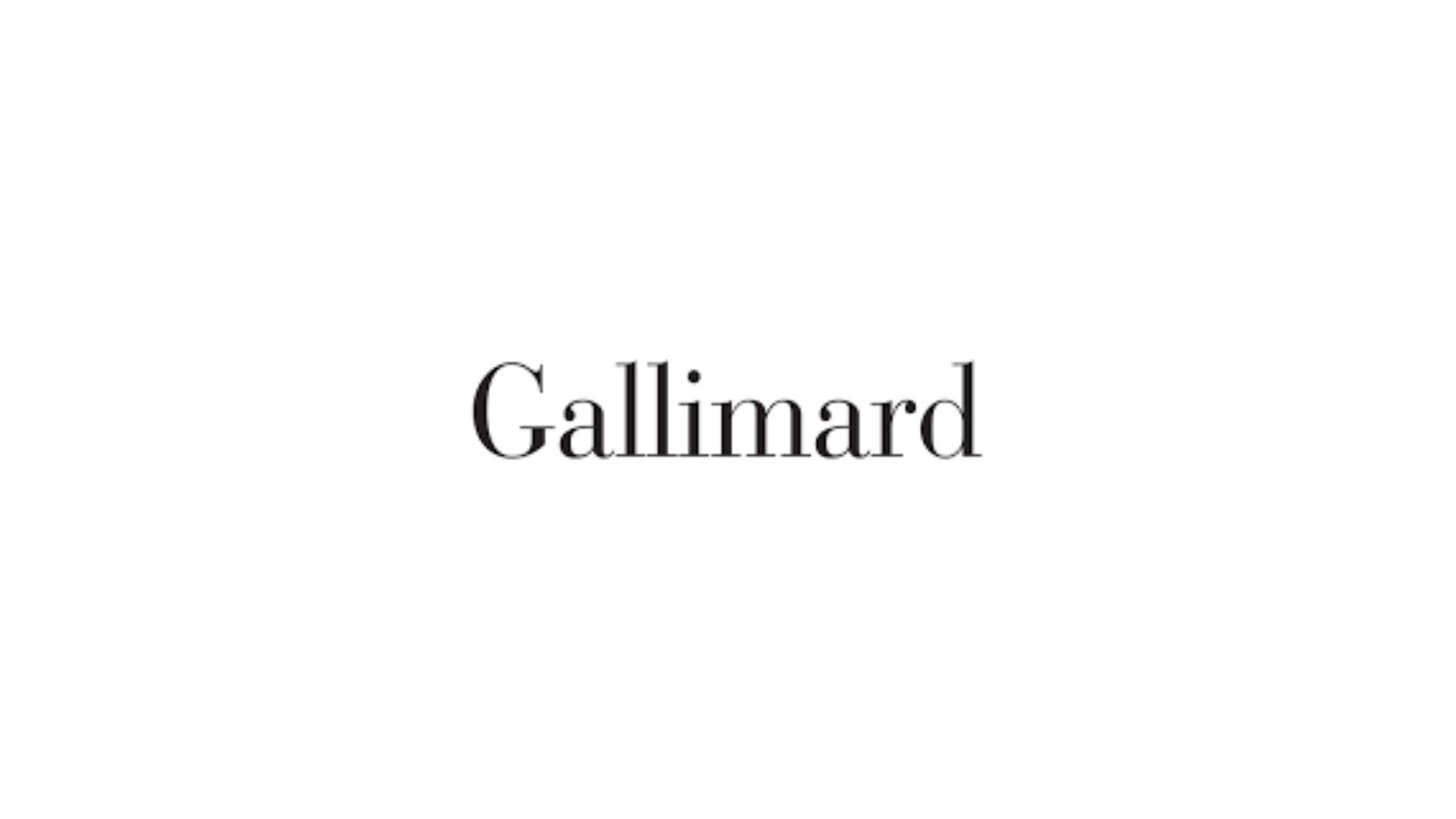
- Sans serif fonts, free of any ornamentation, offer a clean, modern look. Popular between the 1920s and 1960s, brands using sans serif emphasize readability and efficiency without frills.
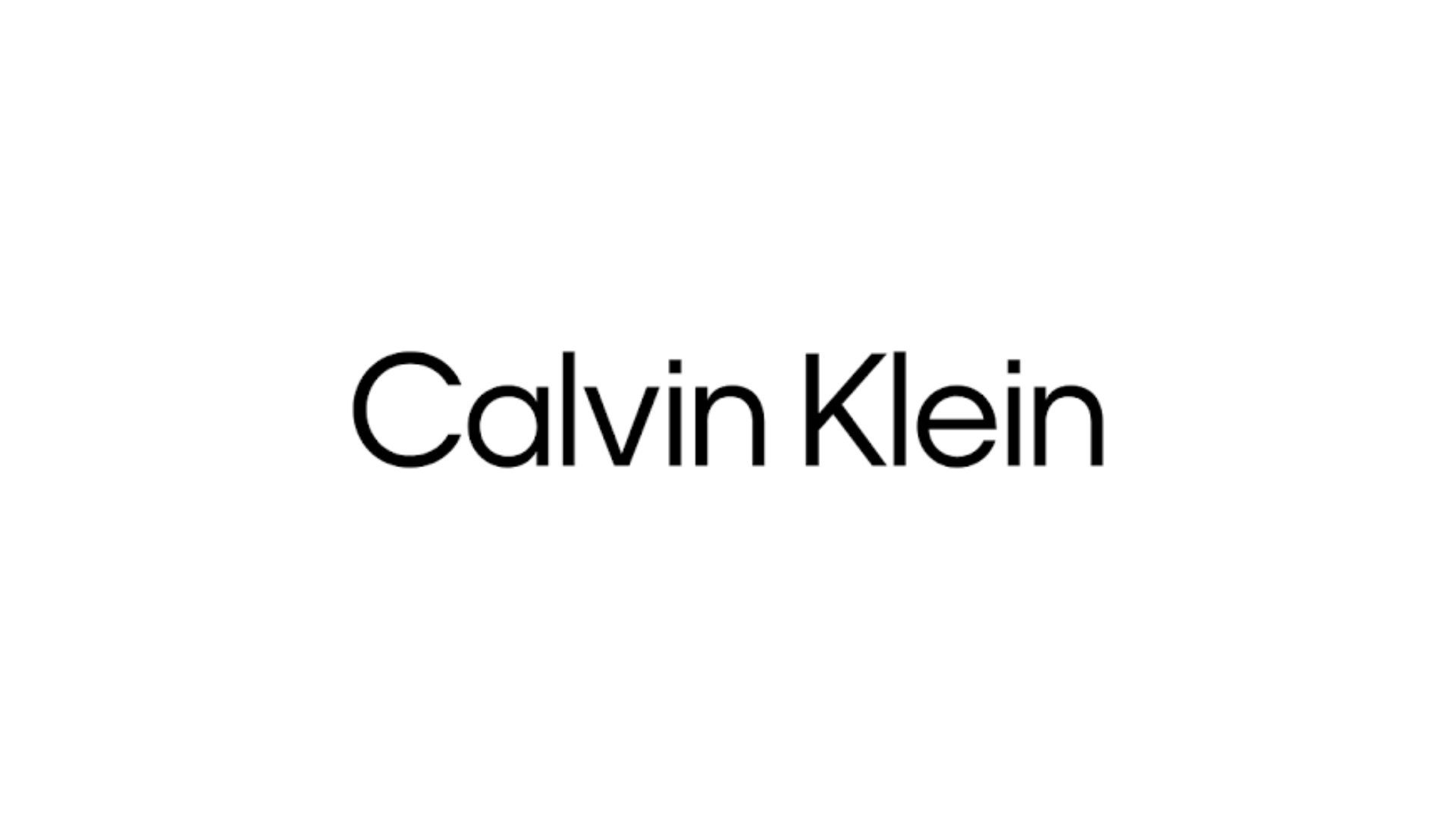
- Slab serif fonts are a variant of classic serif fonts. Bold characters convey a strong, innovative image.
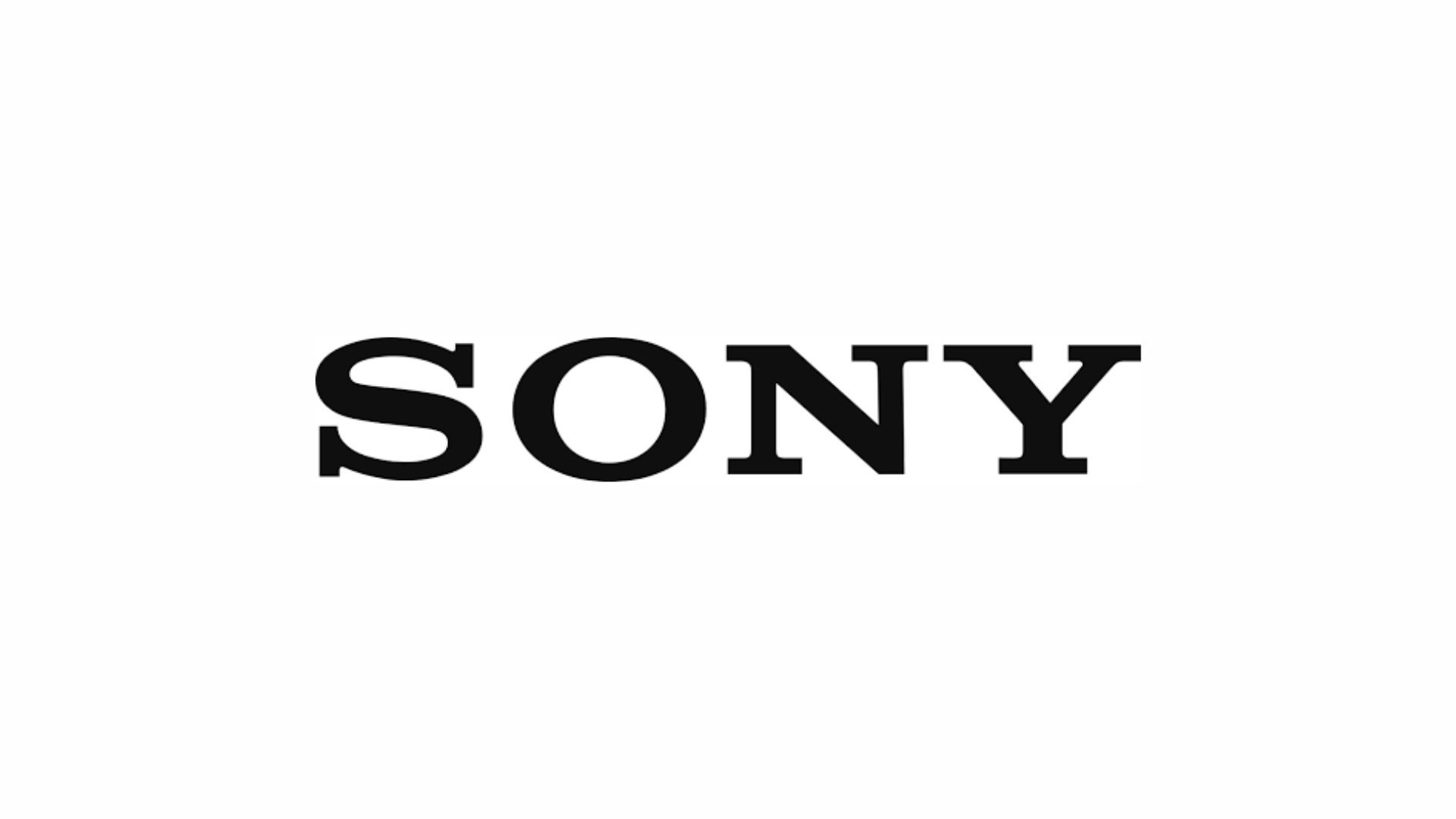
- Script fonts suggest a sense of freedom, creativity, and youth, reflecting an artistic, eccentric side and establishing a close rapport with the audience.
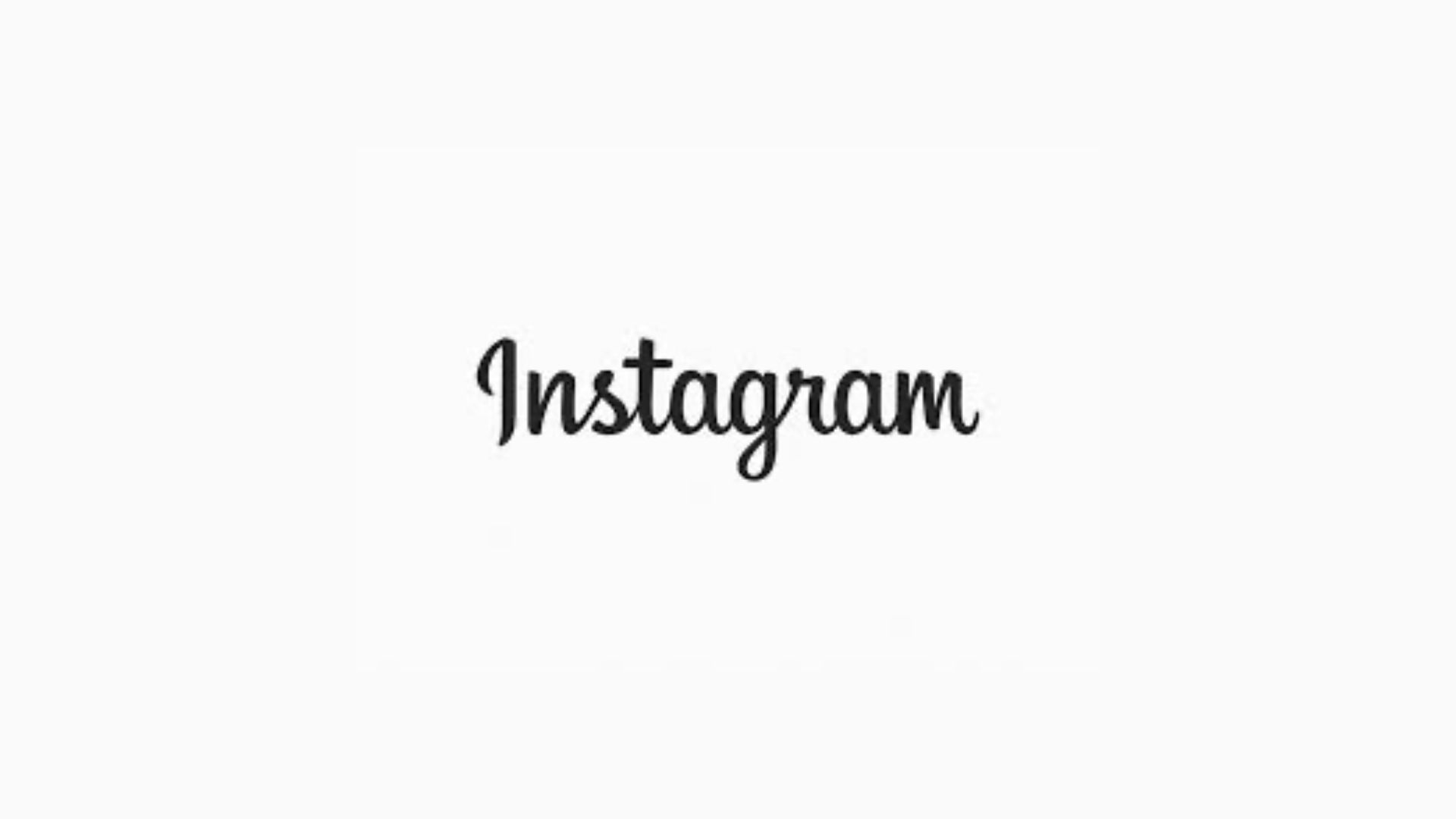
- Decorative fonts have a playful, trendy appearance, often used in logos to suggest childhood, fun, and lightness.
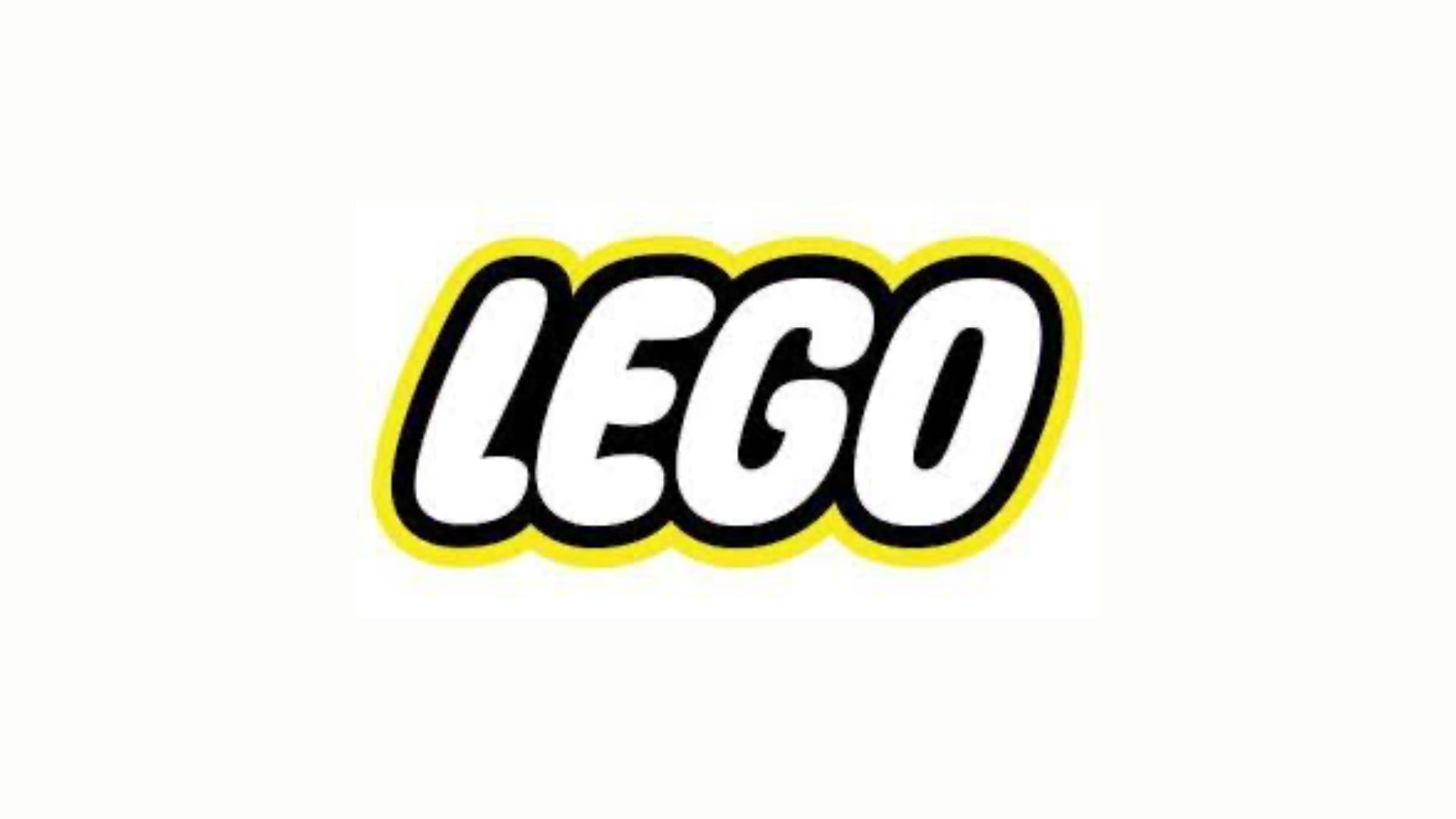
Tactical visual composition
Selecting and placing images aligns with the associated text and reinforces your message. Each image must be high-quality, relevant and consistent with your site’s overall content.
Patagonia's website is a very good example of harmony between content and form. Visitors walk through a whole host of images of nature escape, enhanced by a palette of warm, earthy colors. Each element of content is thus aligned with a strong commitment to the environment.
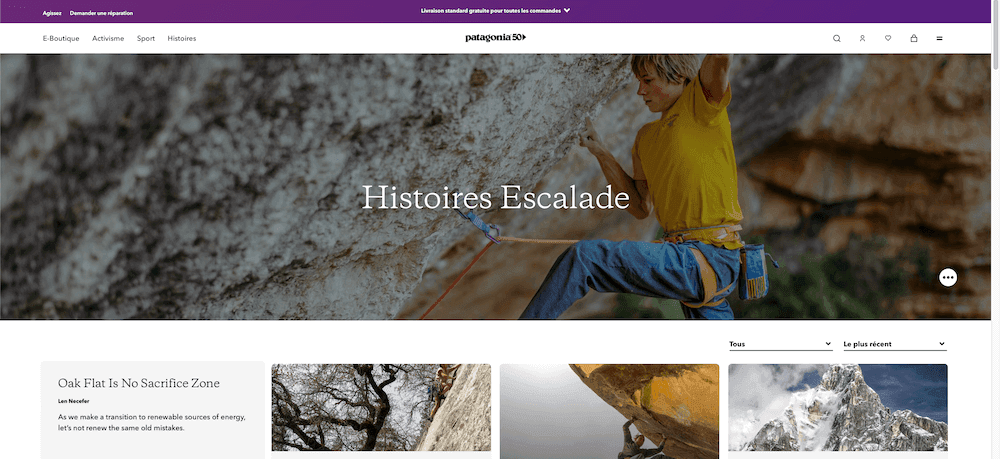
For inspiration, visit royalty-free image banks like Pixabay, Icones8 or Freepik.
Spacious layout
Nowadays, minimalism and neutral zones are essential for user-friendly design. Consider negative space, which structures your content and highlights certain elements. This contrast improves readability and emphasizes key points.
Minimalist design is an excellent way to focus the attention of Internet users on a focal point of your website while preventing them from drowning in information.
For micro negative spaces, choose moderate line spacing, letter spacing for easy reading, and uniform margins and line breaks. Macro negative spaces involve harmonious spacing among different blocks of your graphic charter.
Apple exemplifies a minimalist, clean design, maintaining this aesthetic across all channels and products, creating a strong, recognizable brand identity. Every detail of Apple’s graphic design reflects innovation and simplicity values.
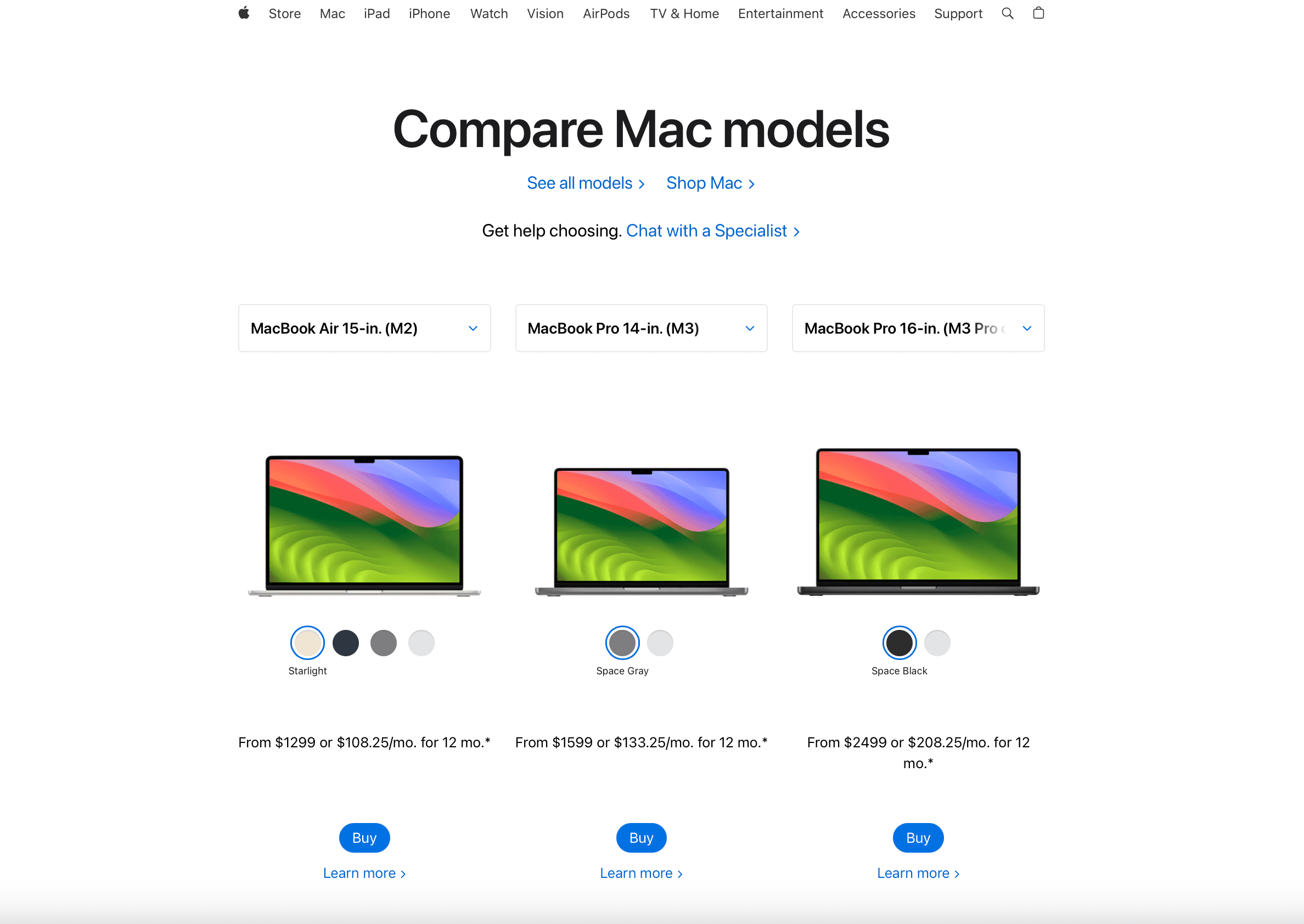
Impact of design on website performance
Beyond retaining visitors, graphic design significantly impacts overall performance. Well-designed websites foster user engagement, increase conversion rates and improve search engine rankings.
For better user engagement
If you want your visitors to enjoy browsing your site, offer:
- intuitive, clear, logical navigation for quick information access;
- interactive elements and smooth transitions for dynamic, interesting navigation;
- captivating visual content for effective messaging.
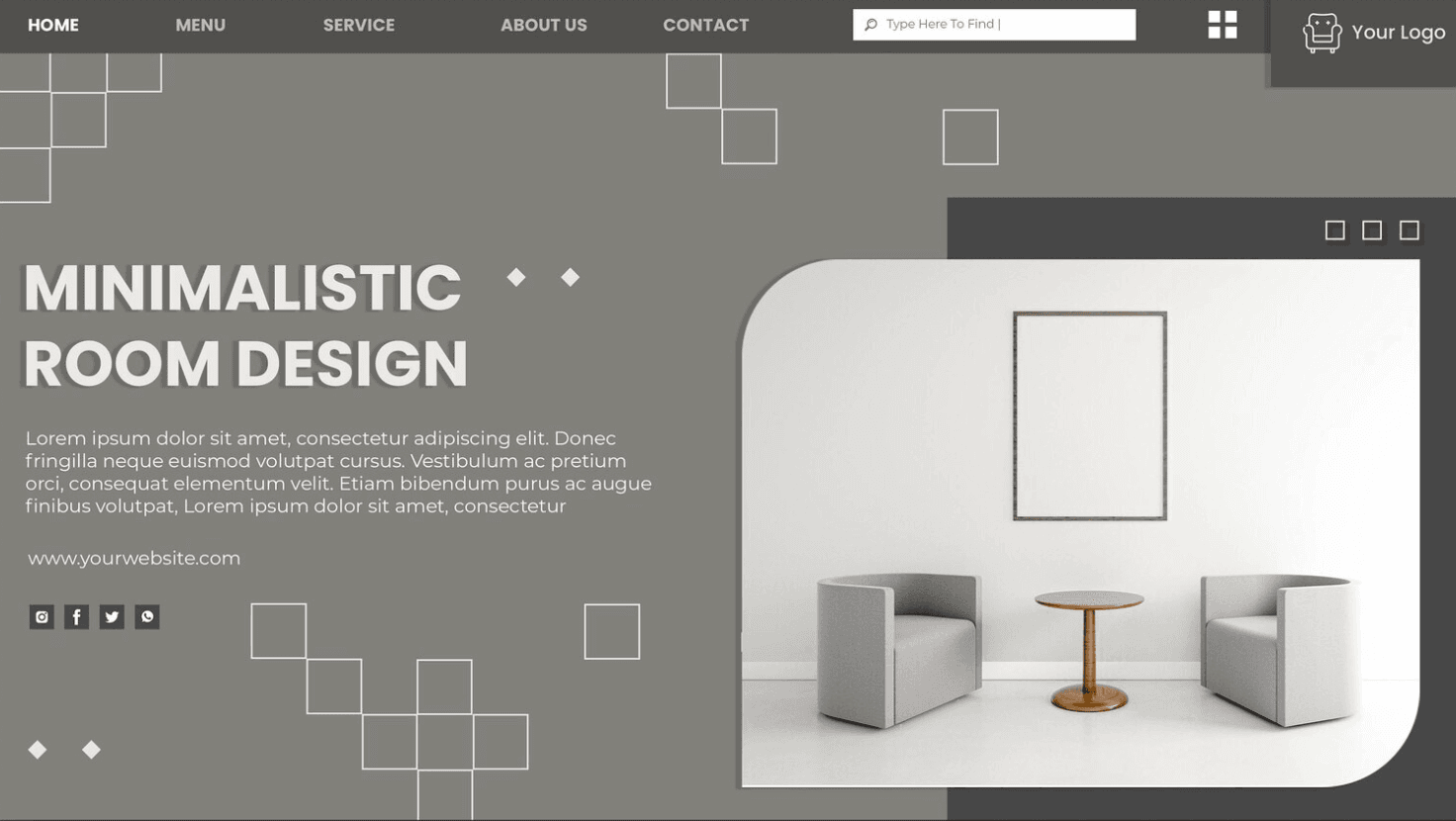
For better conversion rates
In order to transform simple visitors into loyal customers, provide:
- effective, well-placed, visually distinct calls to action (CTAs);
- clean design and clear messages to reduce confusion and distractions;
- simplified, visually appealing contact or registration forms to encourage completion.
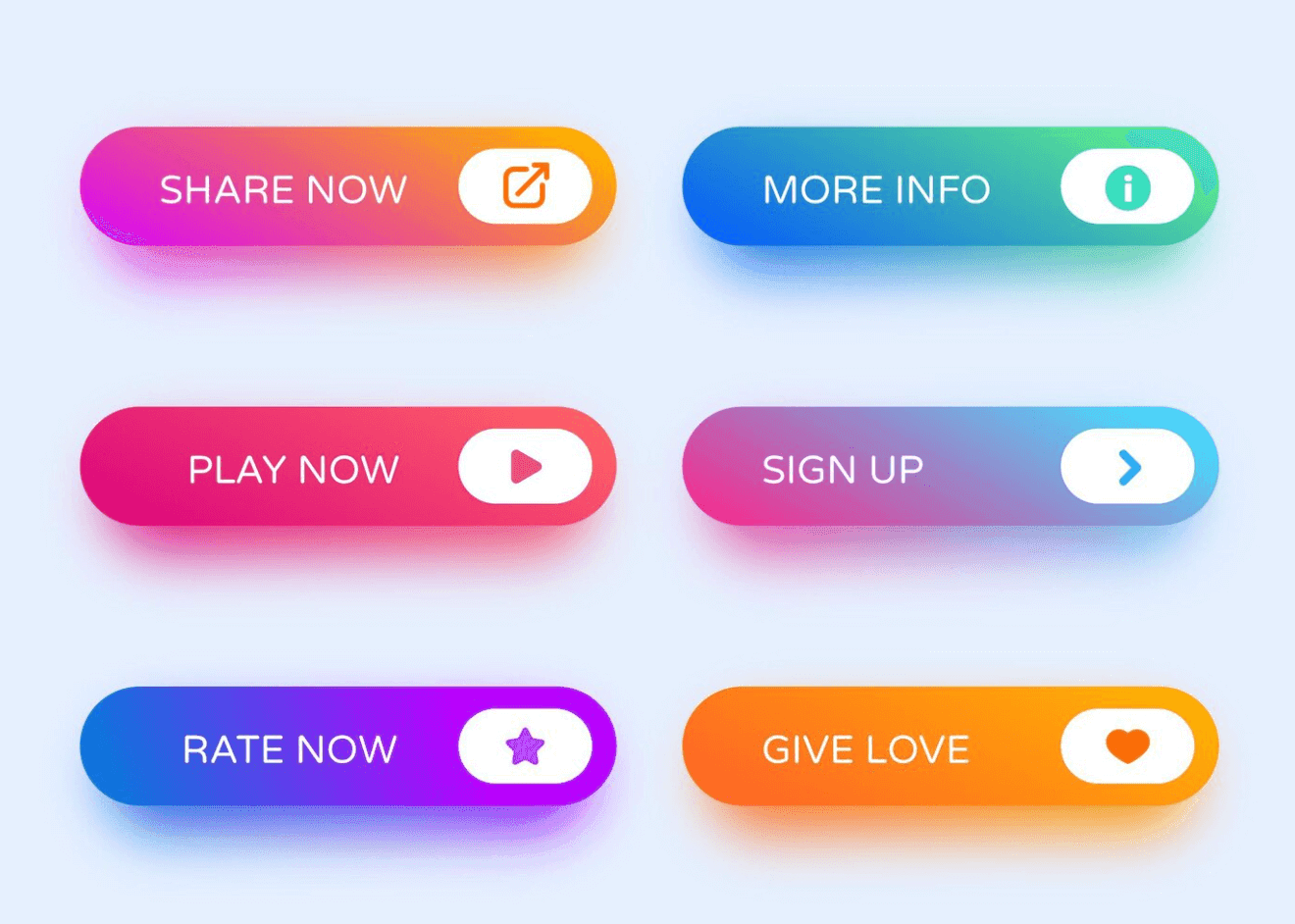
For better search engine rankings
Because it is not enough to have a beautiful design, but also a website visible on the results pages, optimize:
- mobile compatibility for a responsive design adaptable to all screen sizes;
- page and media loading speeds for reduced wait times and bounce rates;
- site architecture and navigation for easier crawling and indexing.
Discover our 6 indispensable tips for your SEO.
Our web design strategies for a high-conversion website
First impressions are crucial, so we recommend perfecting them in advance to ensure a good online reputation. Follow our advice to maximize the effectiveness of your work and guarantee a good return on investment (ROI).
Understand your target audience and their needs
Even with the best graphic design skills, if you don’t know who your website is for, you might never reach your business goals. Need help? Learn how to identify your target audience and define your SMART goals accordingly.
For better alignment with your audience's preferences, implement iterative design processes including usability tests and regular user feedback.
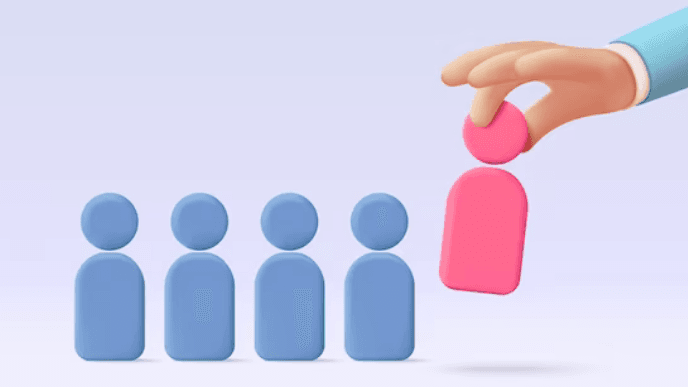
Stay current with trends
Keeping up with the latest design trends shows your contemporaneity and adaptability to change. Demonstrating your ability to keep pace with technological evolutions and current user behaviors establishes trust with your audience more easily.
Trendy design includes minimalist interfaces, color gradients, micro-interactions, animations, and flat design. However, be cautious and filter these trends through the needs and preferences of your target audience. The aim is to appeal to those most likely interested in your content, products, or services.
Rapid design evolutions might seem aesthetically pleasing, but some choices can hinder your website's performance. As a precaution, adopt only elements that enhance user experience and facilitate navigation.
Focus on web accessibility
An accessible website ensures that all visitors, including those with visual, auditory, motor or cognitive disabilities, can access and interact easily with online content.
To implement web accessibility, you should:
- comply with the WCAG (Web Content Accessibility Guidelines);
- add alternative texts to all your media;
- use sufficient color contrasts for effortless reading;
- provide transcriptions for audio and subtitles for videos.
Common pitfalls to avoid for a successful web design
Now that you understand what constitutes good design, it's also important to know what doesn't work. Being aware of problematic elements increases your chances of avoiding them.
Information overload
An abundance of text or visuals on a single page can overwhelm visitors and complicate the location of key information. Therefore, stay simple and concise for optimal efficiency.
Design a clean layout and segment information into digestible sections. Prioritize content based on importance and use white space to create visual breathing room on your pages.
Excessive use of pop-ups
We've all been frustrated by intrusive advertisements on websites. Besides being unpleasant for visitors, pop-ups distract from your site’s goal (buying a product, filling out a form, downloading premium content, etc.)
For a smooth and enjoyable user journey, limit the use of advertisements to a few relevant offers or information, while ensuring clear options to close them.
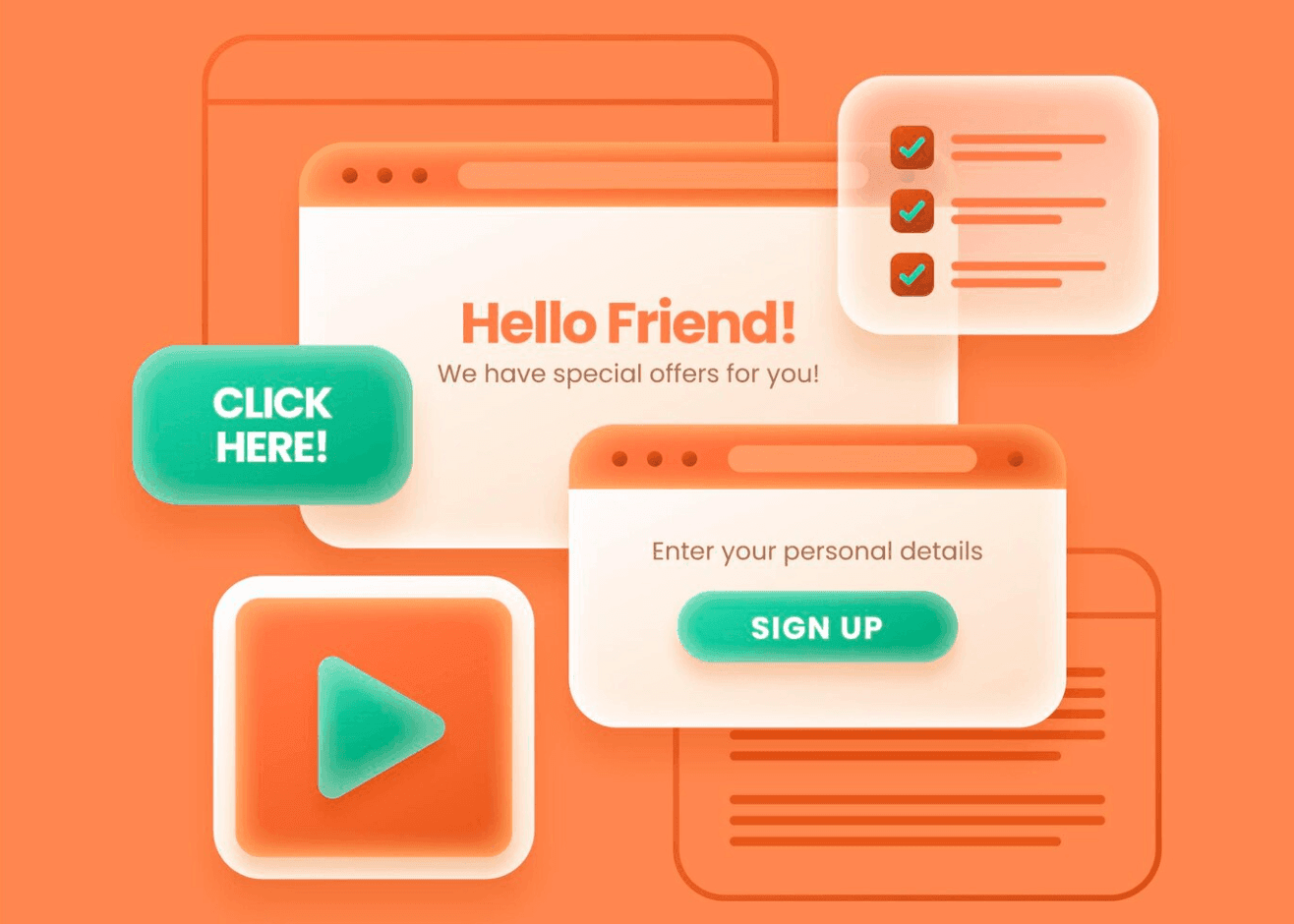
Counter-intuitive navigation
If navigating your website is complicated, visitors won't hesitate to leave. A good design should facilitate the user journey, allowing quick access to sought-after information.
We especially emphasize the hierarchy of information on each page of your site, as it guides visitors toward the desired action. Use clear menus, easy-to-understand navigation bars, and include effective search functionalities to browse your content without getting lost.
Generic stock photos
While it's possible to use royalty-free image banks for illustrating an article, enriching a page or supporting ideas, overusing them can impact your brand's credibility.
Stock images lack authenticity and give the impression that the site lacks personality. Since they are publicly accessible and reused by several companies, they can never truly represent your brand or help it stand out.
If their use is inevitable, choose them carefully. Opt for less known and more original images that closely align with your brand's spirit.
A possible solution is creating custom images, either through professional photographers or by designing infographics and custom graphics. Canva is one of many online tools available for creating unique and impactful visuals. Another option is to seek the technical skills of professional graphic designers.
Superfluous text
A website's foundation is to provide quality information. If you offer no content that educates, informs or entertains your target audience, then your engagement rate will plummet drastically.
Poor or valueless content not only repels visitors, but also harms your natural referencing since Google favors rich, informative, and original content.
Each internet user has a specific need they wish to fulfill, especially through reliable and relevant sources. Therefore, strive to write long, detailed and useful texts to provide value and expertise to your audience.
Also, think about varying the formats. Depending on your industry, you can present detailed information about your products or services, practical advice, case studies, or even engaging and inspiring stories. Need ideas? Here are different types of content and formats to integrate into your website.
What if you trusted Anphos for the design of your website?
We understand that creating an effective website is less straightforward than it seems. The ideas are simple, but their realization is not. Fortunately, you don't have to handle the technical aspects of good design yourself.
Hiring professionals like Anphos grants you proven expertise, with guaranteed results. Anphos is a custom web development and design agency. Our methods are as numerous as your requirements, which is why we offer several solutions tailored to your specific needs and budget.
Go with a preconceived model
For simple and non-evolving projects, you can start with a model offered by platforms like Wix or Squarespace. These digital tools allow you to design your site without specific technical skills while offering a wide range of prefabricated designs.
However, note that you will be quickly limited in terms of customization, functionality and performance. Nonetheless, if you still want to explore this option, we advise you to check out our selection of 8 web creation softwares. You will discover the strengths and weaknesses of each, in addition to their specific use cases.
Opt for a custom solution
For more complex projects, we recommend collaborating with our specialized agency. Anphos takes charge of the entire design process, ensuring a professional and highly personalized result.
This option is ideal if you seek a comprehensive, 100% faithful solution to your vision. Custom design delivers total conceptual and visual coherence, allowing your website to confidently stand out from the competition.
Moreover, a site built from scratch can be easily modified and expanded as your project evolves, unlike ready-made solutions. Only by opting for custom creation can you integrate features that match your operational and strategic needs.
Let us realize your project
Creating a website or designing a custom layout is certainly more costly, but it's a definite investment for the medium and long term. Every penny spent serves an experience that converts users and optimizes natural referencing.
Nevertheless, we understand that budget can be a constraint for some, but it's a shame to reduce your chances of success due to financial limitations. Did you know that it is possible to finance your website creation project? Test your eligibility and get started!
Feel free to contact us to discuss your project in advance; we are here to guide you throughout the process. Our team is available to answer your questions and enlighten you, whatever your needs may be.
